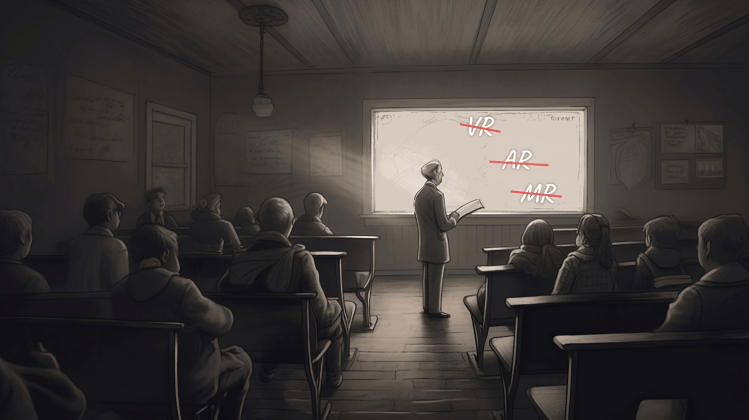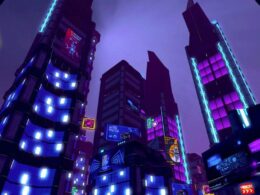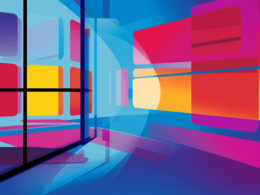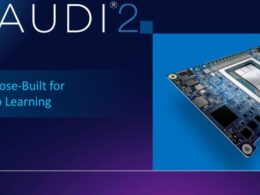Tomorrow, February 2, Apple will begin delivering its long-awaited mixed reality (MR) headset, the Vision Pro, and I am confident it will be a remarkable product that wows consumers and invigorates the industry. You might think my opening sentence would please Apple, but if I was a developer with a new app for the Vision Pro, three words would violate Apple’s recent language guidelines — mixed reality headset. Instead, Apple calls the device a spatial computer, which is a thoughtful term justified by the product’s advanced features. That said, the developer requirements from Apple contain a language restriction that has been raising eyebrows: “Refer to your app as a spatial computing app. Don’t describe your app experience as augmented reality (AR), virtual reality (VR), extended reality (XR) or mixed reality (MR).”
“Refer to your app as a spatial computing app. Don’t describe your app experience as augmented reality (AR), virtual reality (VR), extended reality (XR) or mixed reality (MR).”
I appreciate the need for disciplined branding, but I worry that Apple is going too far by actively working to suppress language that has a long and rich history. I say this as someone who began working in this field when the phrase virtual reality had just emerged and before augmented reality, mixed reality or extended reality had been coined. This means I’ve lived through a handful of frustrating shifts in the language of immersive technology over the last 30-plus years. The biggest headscratcher was about a decade ago when extended reality was adopted as an overarching term in the field. To me, the word “extended” is a weak and vague modifier and I’d prefer spatial computing to replace its usage. Still, I can’t help but worry that Apple is going too far when it pushes to suppress longer-standing language like AR, VR and MR.
“I appreciate the need for disciplined branding, but I worry that Apple is going too far by actively working to suppress language that has a long and rich history.”
Maybe I’m just nostalgic, but when I first started working in the field, the phrase virtual reality was about as hip as it got in the world of technology. I was a young researcher conducting VR experiments at NASA and the photo below was a large poster in the lab where I was working. To me, it was a deeply inspiring image, capturing both the present and future of the field. The fact is, the human experience depicted in the photo above has been called virtual reality for almost 40 years. If you are an app developer for the Vision Pro and you create a fully simulated immersive experience for the user, is it really such a problem to describe it as virtual reality? After all, the VR headset shown in the photo above is now in the Smithsonian. This is our history and culture, and it should not be branded away by any corporation.
“Maybe I’m just nostalgic, but when I first started working in the field, the phrase virtual reality was about as hip as it got in the world of technology.”
Of course, the Apple Vision Pro is orders of magnitude more sophisticated than the NASA headset shown in the photo above, not just because it’s higher fidelity, but because it adds entirely new capabilities. The most significant capability is the power of the Vision Pro to seamlessly combine the real world with spatially projected virtual content to create a single unified experience — a single perceptual reality. This is called augmented reality or mixed reality depending on the capabilities (which I will get to below) and both phrases have a long history in academia, government research labs and industry. So, what’s the difference between AR and MR?










